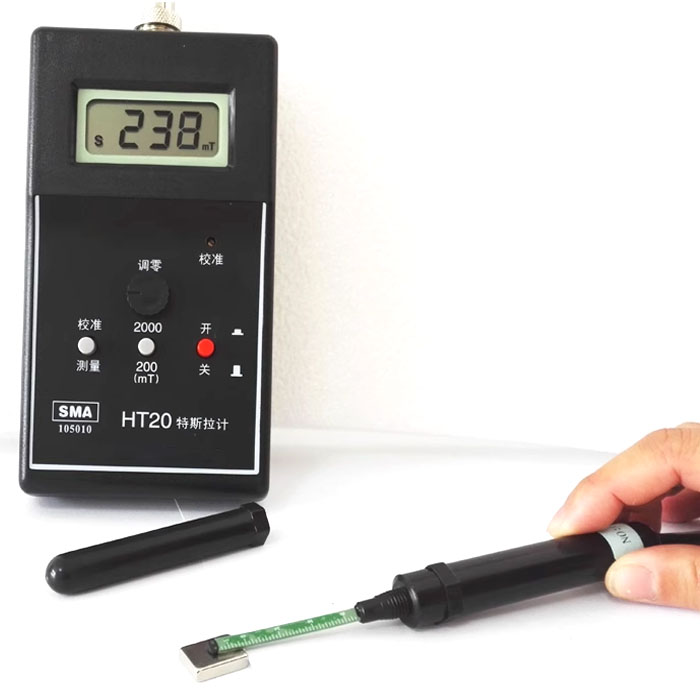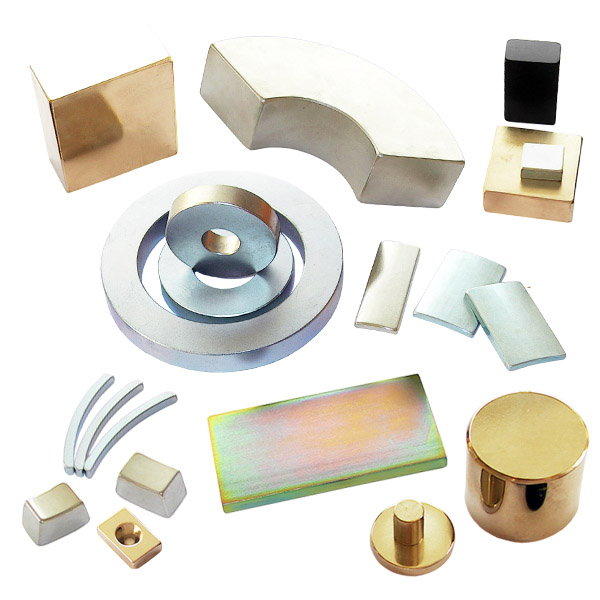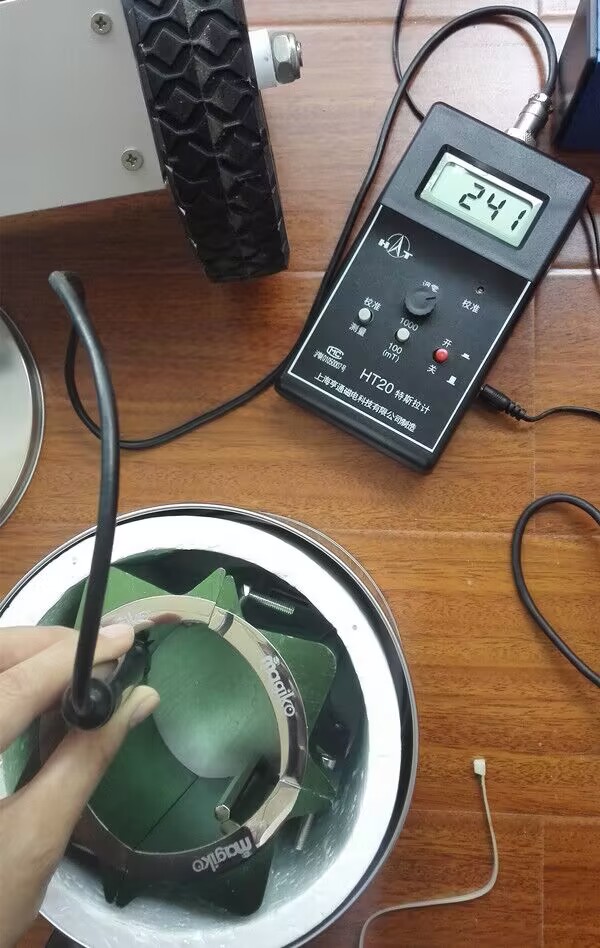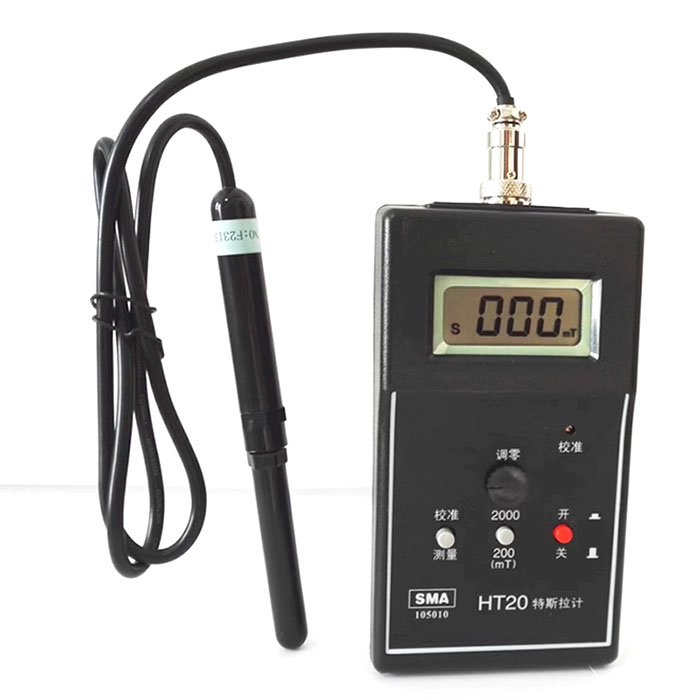
Item No.: DMT-20
Digital Gauss Meter and Tesla Meter
Easy and precise measure magnet surface magnetic strength
Dailymag Digital Gauss Meter and Tesla Meter is a smart and precise measuring tool to test magnet surface magnetic strength. It is very convenient to measure the surface magnetism of magnets and objects, so as to judge the approximate material of the magnet and the position with the largest magnetic force.
The working principle of the Gauss meter comes from the Hall effect. That is, the magnetic field generates a current or affects the magnitude of the current. When the current passes through a conductor perpendicular to the magnetic field, the electrons will be guided to the conductor side by the magnetic field, and the unbalanced electron density will generate a voltage. The voltage is related to the strength of the magnetic field and the current. The larger the magnetic field, the greater the The higher the voltage, the stronger the current and the higher the voltage.
The probe of the gauss meter is the core component for measuring the magnetic field strength on the surface of the magnet. The probe uses the Hall effect and is usually slender and flat. It is suitable for measuring the transverse magnetic field. There is a current passing inside. After being affected by the magnetic field, a voltage is generated. This voltage is measured by Gauss The meter records, and the Gauss value of the magnetic field is displayed on the LCD liquid crystal display. Because the voltage is continuously fluctuating and non-statically balanced, the measurer takes the highest value detected as the approved magnet surface magnetism.
Using a gauss meter is still very simple, only 3 steps are required:
1. Link the probe and host
2. Put the probe in contact with the magnet or object to be measured, place it flat against the magnet as far as possible, keep it for a period of time, make slight movements, and record the highest measured value.
3. Repeat the action of the second point on other parts of the object to confirm the highest surface magnetism of the object to be measured.
The gauss meter can easily detect any magnets and magnetic objects, and even the magnetic field strength of the space to distinguish whether there is a risk of electromagnetic radiation in a certain space.
Dailymag DMT20 portable digital gauss meter, the surface magnetic field of permanent magnet materials, the working magnetic field of DC motors, speakers, magnetic separators, and permanent magnet iron removers. This portable gauss meter is versatile, cheap and reliable.
DMT20 series portable digital Gauss meter/Tesla meter can be used to measure the magnetic induction intensity of various magnetic fields such as DC magnetic field, AC magnetic field, and radiation magnetic field. The portable gauss meter can be carried with you, has a wide measuring range, is easy to operate, and has a clear liquid crystal display.
Digital Gauss Meter measuring a Neodymium magnet.
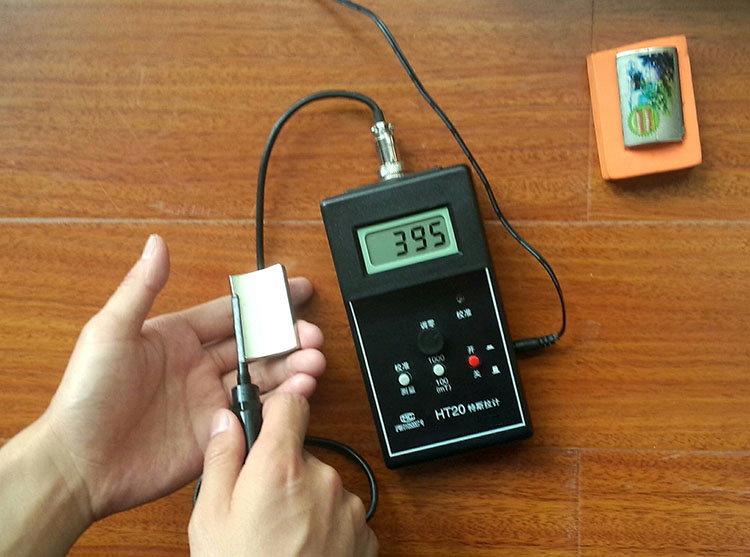
Digital Gauss Meter measuring a Magiko Magnetic Water Softener.
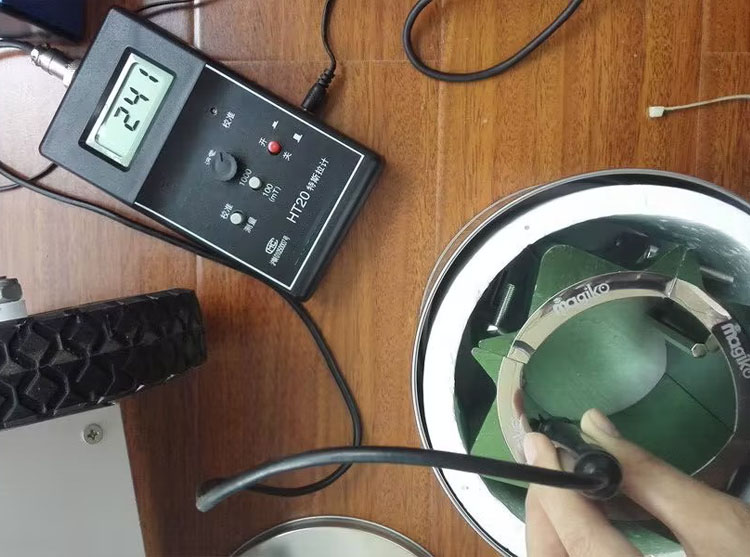
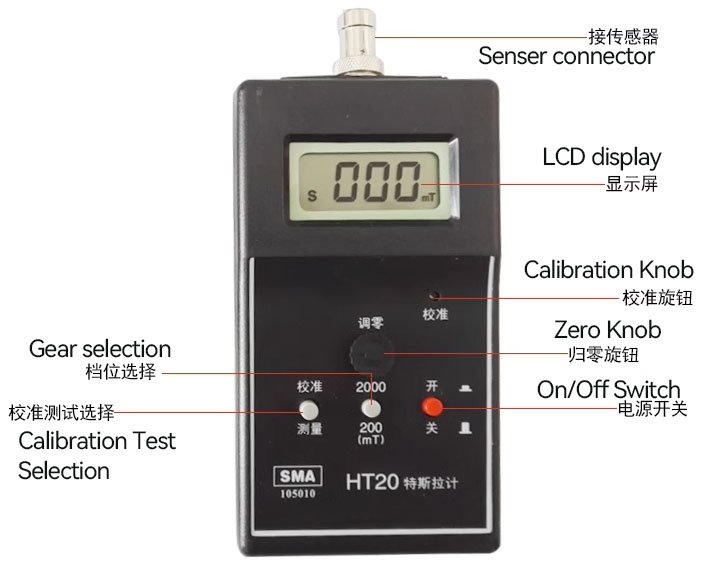
Technical indicators
Measuring range: 0~200mT (milliTesla)~2000mT (milliTesla)
Basic error: ±2% ±3 characters (below 1000mT)
Resolution: 0.1mT (milliTesla), 1mT (milliTesla)
Measured magnetic field: DC magnetic field (static magnetic field)
Ambient temperature: 5℃~40℃
Relative humidity: 20%~80% (no condensation)
Power supply: a 9V battery
Dimensions: 160mm×88mm×36mm
Product weight: 300g
Display mode: 3 1/2 LCD
Display unit: mT (millitesla)
Note: 1mT (millitesla) = 10Gs (Gauss)
With portable plastic case.

